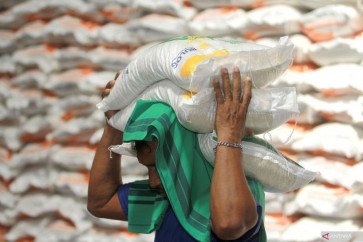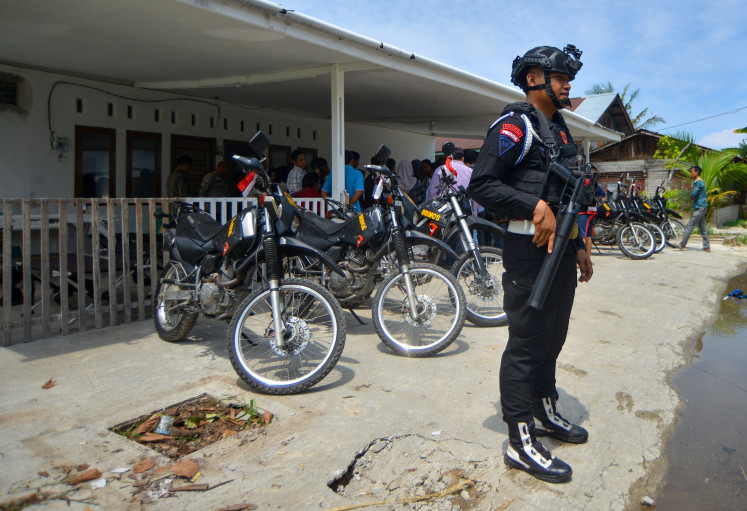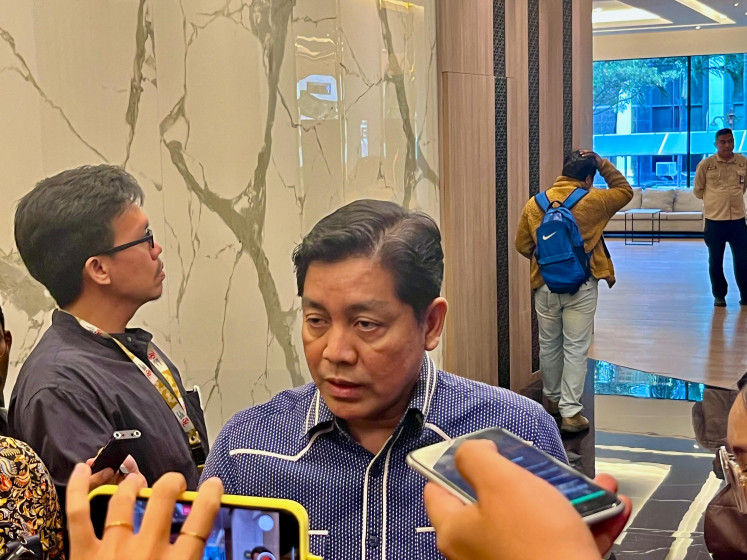Popular Reads
Top Results
Can't find what you're looking for?
View all search resultsPopular Reads
Top Results
Can't find what you're looking for?
View all search resultsTime for a paradigm shift in health care
Over a quarter of the world’s population lives in the 11 countries comprising WHO’s Southeast Asia region
Change text size
Gift Premium Articles
to Anyone
O
ver a quarter of the world’s population lives in the 11 countries comprising WHO’s Southeast Asia region. These countries which include Bangladesh, Bhutan, India, Indonesia, Maldives, Myanmar, Nepal, Thailand, Sri Lanka and Timore Leste, also bear 28 percent of the global disease burden.
The health sector is under-funded and government spending on healthcare is the lowest in this region compared to all other WHO regions. This region has the highest out-of-pocket expenditure on health. This means that the cost of health care impoverishes people and drives them further into a poverty trap.
While many countries in the region have seen a boom in high quality tertiary health care, unfortunately primary health care for all remains a challenge.
While the countries focus on the people who are sick, how can they maximize finite health resources to protect their populations and ensure that people remain healthy and productive? Is it time for a paradigm shift in health policies from treating the sick to keeping people healthy and prevent them from falling ill?
Governments must allocate more finances for health, and the larger portion must be invested in strengthening public health measures through primary health care for the community.
Most countries in the region have successfully deployed community health workers as the catalysts for this paradigm shift. These workers are from the communities and act as agents of change for promoting healthy behaviors and reducing health inequities.
Nations now need to review and redefine the role as these health workers, build on their skills and integrate them into the health system.
In Indonesia the Posyandu (integrated health service post) program which started in 1984, has been upheld as an exemplary community based program. The health volunteers or cadres are women of the community who each month provide services related to monitoring the health of children and pregnant women.
They work with health workers from local Community Health Centers (Puskesmas) to provide immunization, family planning services and education. The Posyandus fund comes from the community and the Puskesmas. For several decades they have provided much needed health services at the community level.
Public health interventions have saved millions of lives in Southeast Asia, yet more needs to be done to ensure access to all. Each year immunization saves the lives of millions of children and prevents diseases. Yet about 10 million children in countries of the region do not receive diphtheria, tetanus, pertussis (DTP3) vaccination during their first year of life, leaving them vulnerable to these diseases. Each year, of the 1.5-2 million children who die globally from vaccine preventable diseases, a quarter are from this region.
Every minute one child under-five dies of pneumonia and every five minutes, diarrhea kills 6-7 under-five year old children in WHO’s Southeast Asia Region. These lives can be saved through simple interventions like improved child nutrition, exclusive breastfeeding up to six months of age, zinc supplementation, expansion of immunization coverage and addressing the key determinants of health including provision of safe drinking water and sanitation.
Seventy percent of the world’s malnourished children reside in this region. Most of them suffer from anaemia, including deficiency of iron and Vitamin A. The consequences of malnutrition are inter-generational and besides health can affect intellectual and work capacity in adulthood. The same countries also suffer from unhealthy diets, obesity and a higher risk of chronic non-communicable diseases. Medical care for these diseases contributes to further impoverish their populations.
Though not all of the disease burden can be prevented, a proactive health strategy with a positive health approach can result in a well informed public that knows how to prevent, protect and maintain good health.
Countries in Southeast Asia need to achieve a better balance between preventive and curative care. This balance in health care will reduce health-care cost and ensure better health and a better quality of life of all people.
Dr. Samlee Plianbangchang is Regional Director, WHO Southeast Asia










